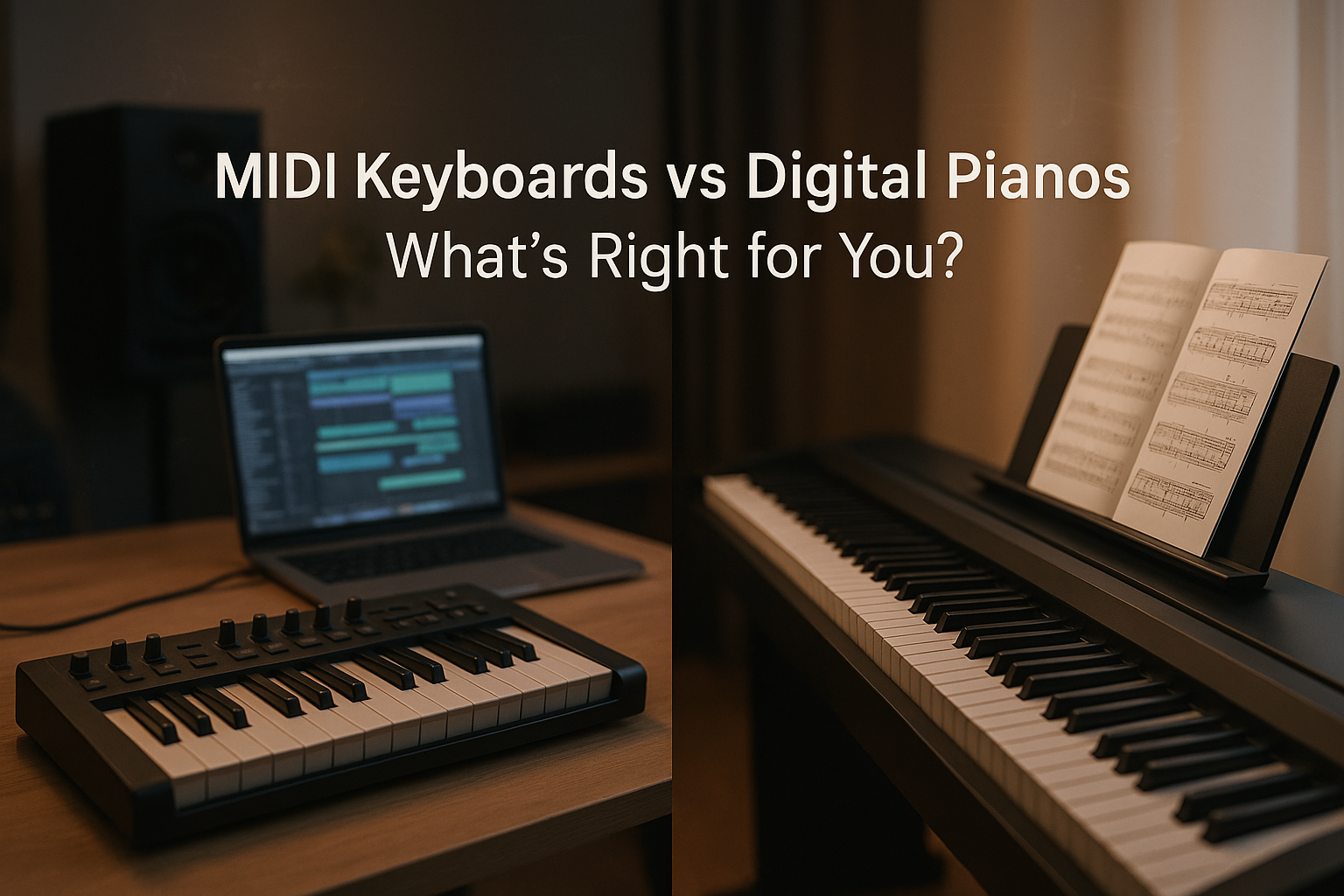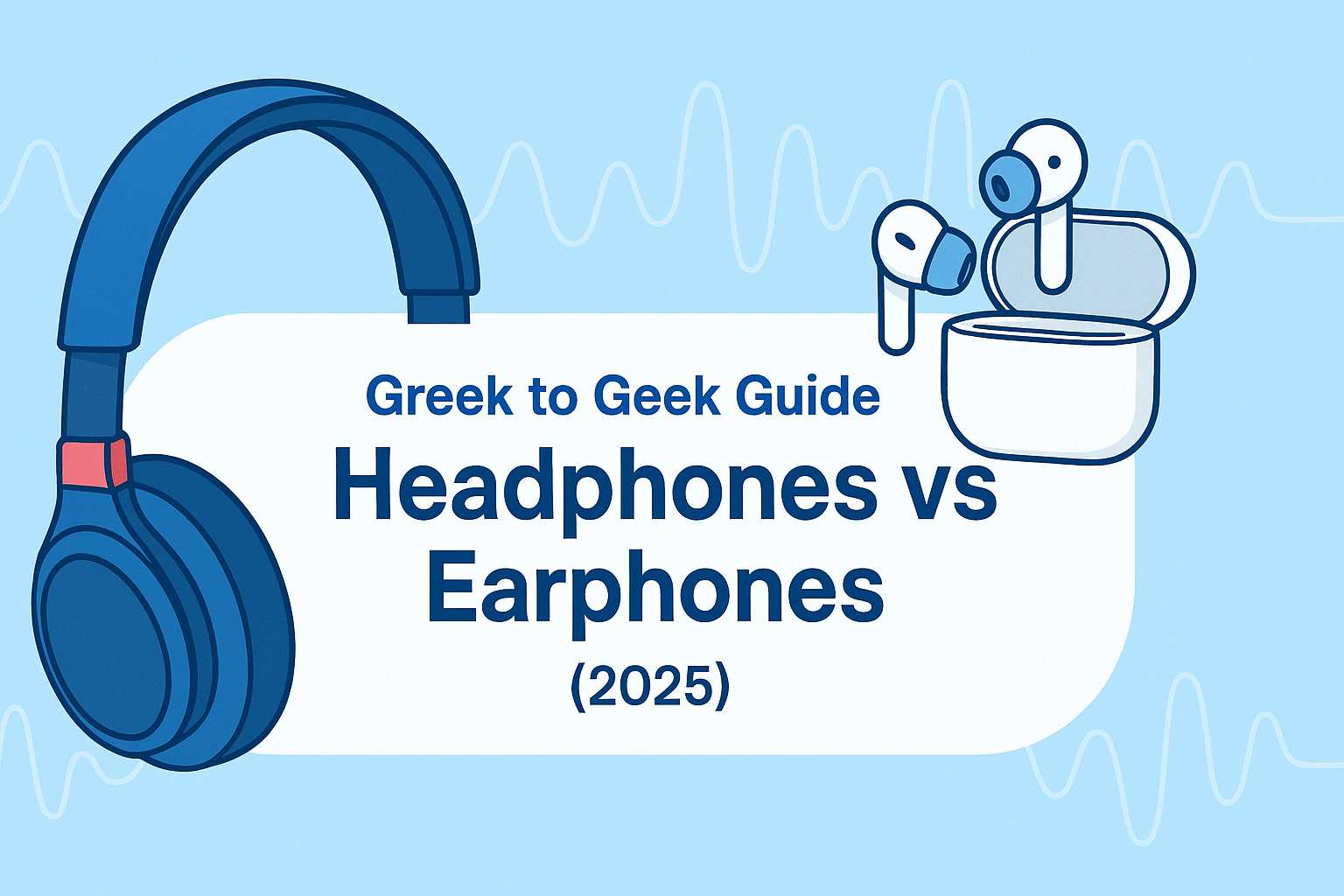Part II
The last time we spoke about Studio Monitors, we gave you a brief introduction about them and made you understand the simple differences between studio monitors and simple speakers.
With this part of How to buy the perfect Studio Monitors we will be explaining you a little more about the same! Now, coming back to numbers, we spoke about frequencies so let’s explore more about that and then some.
Now you want your frequency to be accurate, one of the things you will want to look at first is the ability for the monitors to handle the full frequency range of your recordings. Most monitors specs list the lowest frequency they handle in Hertz and the highest frequency in Kilohertz, while for most of the recording adequate range is 50Hz-20kHz. However, the overall frequency range may be a little less critical than the monitor’s ability to reproduce all those frequencies without distortion or variations.
Now you need to know a few things before you decide to buy a monitor based on its frequency range, like specification doesn’t alone tell you how the monitors will handle frequencies. You want to see an indication of how much variation there will be across the frequency range, which is described in decibels. Now for example, studio monitors list their frequency range as 40Hz-21kHz ± 2dB, that shows that some frequencies may be louder or softer by 2 decibels at various points across the full range. Conventionally, a rating of ± 3 dB is most apt for well balanced sound.
Now, if you are working with bass-heavy music like EDM or hip-hop, you might want to consider working with studio subwoofers that allows you to handle frequencies up to 30Hz or even lower.
Now, coming to an important aspect of Studio Monitors, Total Harmonic Distortion.
Wikipedia defines THD as “THD, of a signal is a measurement of the harmonic distortion present and is defined as the ratio of the sum of the powers of all harmonic components to the power of the fundamental frequency.” Sales Engineers at BAJAAO defines THD as – simple indicator of general accuracy.
If we have to put it simply, THD helps you focus on clean sound whenever you are recording. At times, THD is referred to THD+N (Total Harmonic Distortion + Noise) that helps include noise in the equation. Now, every audio circuit adds noise to your recording, question that stands is – how much noise is added?
A meekly designed audio circuit adds upto close to zero or 0.3% to 1% noise to your sound. Ideally a clean circuit should have 0.001% noise; however that is difficult to achieve without a good studio monitors.

The M-Audio bx5 d2 Monitor has an isolated high-frequency driver to minimize distortion and deliver smooth response up to 22kHz.
Coming to the Wattage and Near-, far-, or mid-field design.
Wattage is not much of a dealmaker or breaker when it comes to buying studio monitors. Ideally, 10-60 watts should be good enough when it comes to getting a studio monitor for your home-studio or midsized studio. Field Design on the other hand refers to the listening configuration designed in a monitor. Near field means optimizing the close listening distance where as far-field designs are made to carry the sound more precisely over a great distance.
You should keep in mind, if you are in a larger room where monitors are positioned far away from each other, mid-field or far-field monitors are better suited for you. Also the fact that your working environment needs to be acoustically treated for better sound. Check out BAJAAO’s acoustic treatments here for better sound.
In the next part we will discuss Monitor components and recommend you a list of studio monitors you can buy for deals that will blow your mind away, only on BAJAAO.com. Now go play.




Share:
Buying Guide: How to Choose Perfect Studio Monitors - Part 1
Buying Guide: How to Choose Perfect Studio Monitors – Part 3